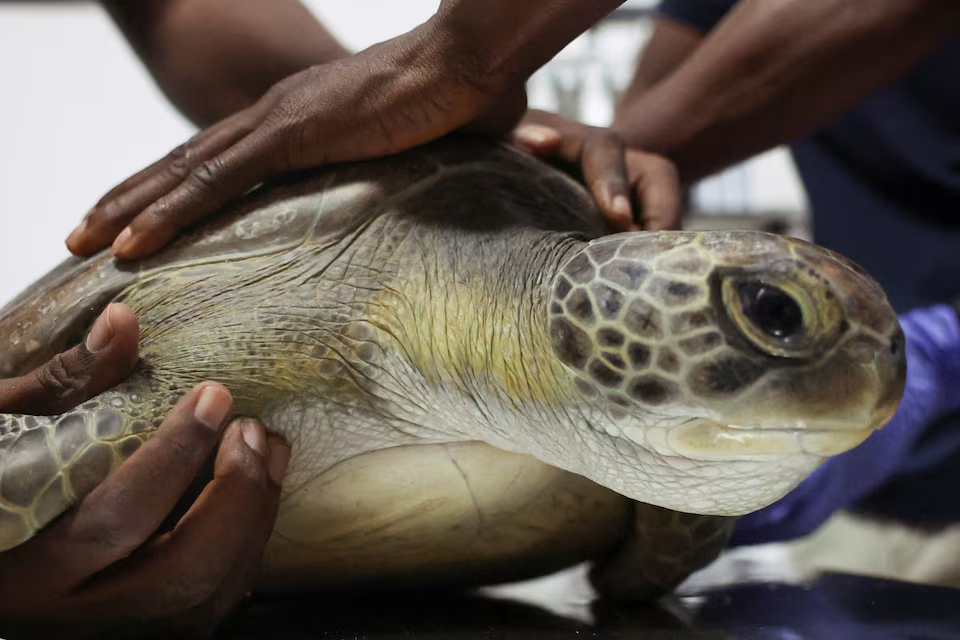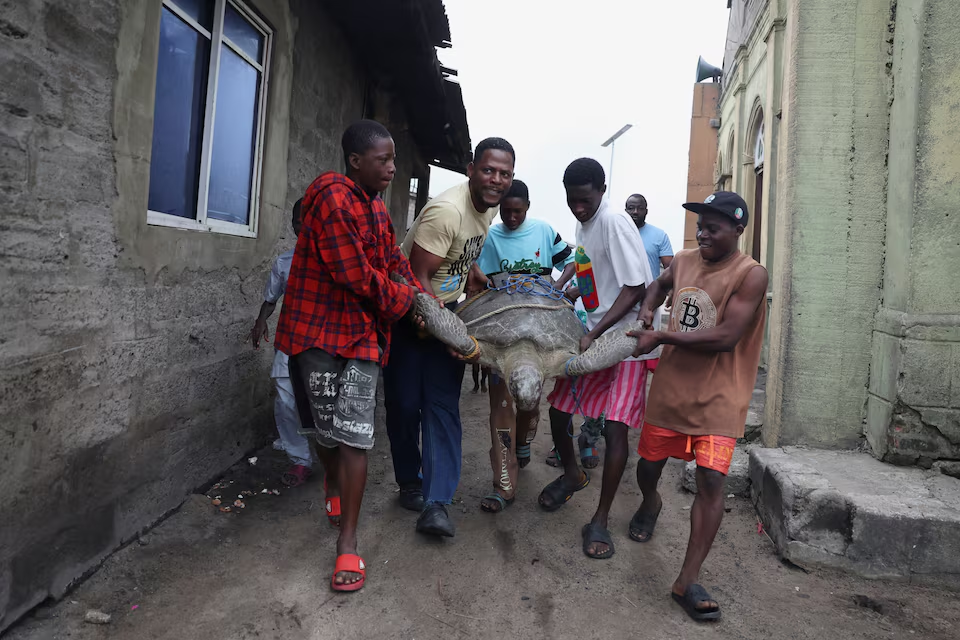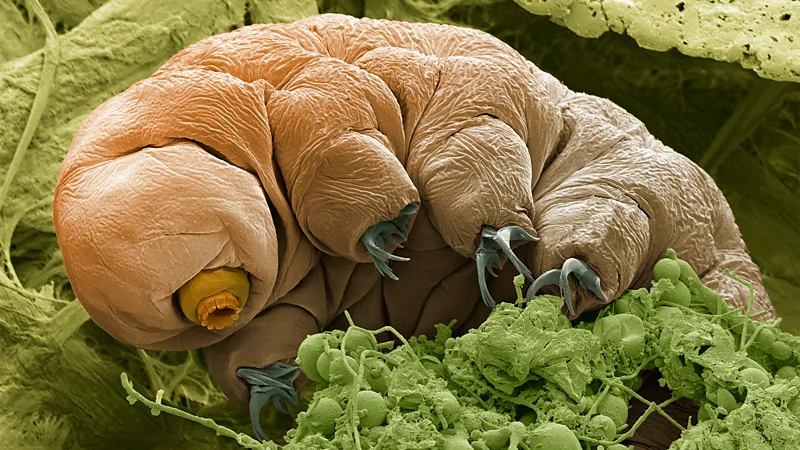Nigeria sea turtle conservation is quickly becoming one of the most urgent environmental battles in Africa. Along the country’s southern coastline, plastic pollution, poaching, and shrinking nesting beaches are threatening the survival of five endangered sea turtle species. Conservationists, local communities, and international partners are stepping up their efforts to rescue, rehabilitate, and protect these ancient mariners — but time is running out.
Why Nigeria Sea Turtle Conservation Matters
Sea turtles play a critical role in maintaining ocean ecosystems. They help control jellyfish populations, keep seagrass beds healthy, and transport vital nutrients from the ocean to beaches. Losing them would have a devastating ripple effect on marine life, fisheries, and coastal communities that rely on a balanced ecosystem.
Chinedu Mogbo, founder of the Greenfingers Wildlife Conservation Initiative, has dedicated years to saving turtles along the Lagos coastline. His team has rescued and released more than 70 turtles in just the past five years. “We’re seeing a drastic decline,” Mogbo warns. “If we don’t act now, Nigeria’s sea turtles could disappear within a generation.”
1. Plastic Pollution and “Ghost Nets”
One of the most pressing issues for Nigeria sea turtle conservation is marine debris. Discarded fishing nets — often called “ghost nets” — continue trapping turtles long after being lost at sea. These nets wrap around flippers or necks, leaving the animals unable to swim or breathe.
Plastic bags floating in the water are often mistaken for jellyfish, one of the turtles’ favorite meals. Eating them can block their digestive systems and eventually kill them. In July 2025, Mogbo’s team rescued a massive green turtle named Moruf after it was found tangled in a fishing net near Folu, Lagos. The turtle was treated and later released back into the Atlantic — a rare success story amid many losses.
2. Lack of Marine Protected Areas
Nigeria has one of the longest coastlines in West Africa, yet there are no official marine protected areas dedicated to sea turtles. Nesting grounds are being lost to real estate development, tourism, and erosion. Mogbo calls for urgent action: “Without legally protected nesting beaches, we are fighting a losing battle. Turtles will keep returning to lay eggs in places that are no longer safe.”
Creating protected zones would allow scientists to monitor turtle populations more accurately and reduce human interference during nesting season.
3. Poaching and Cultural Traditions
Poaching remains one of the biggest threats to Nigeria sea turtle conservation. Sea turtles are still hunted for their meat, shells, and eggs. In some communities, their eggs are eaten as delicacies, while shells are used for jewelry and ornaments. Local fish vendor Morifat Hassan told Reuters, “We eat their eggs and sometimes give them to the village elders for voodoo.”
A single turtle can sell for up to 90,000 naira ($60), providing a strong financial incentive for poachers. This is why conservation groups are working to provide alternative income streams to local fishers, encouraging them to protect rather than exploit these animals.

4. Community Engagement and Education
One of the most promising developments in Nigeria sea turtle conservation is the collaboration between NGOs and coastal fishers. Mogbo’s organization offers net repair kits and small cash rewards in exchange for rescued turtles or reports of nests. This has created a network of “turtle guardians” along key coastal areas.
Educational campaigns are also helping to change attitudes, particularly among younger generations. School programs teach children about the ecological importance of sea turtles, turning them into advocates for conservation at home.
5. The Need for Government Support
Despite the tireless work of NGOs, conservationists argue that Nigeria sea turtle conservation cannot succeed without government involvement. Nigeria’s environmental agency has so far not implemented large-scale programs to protect sea turtles. Conservationists are calling for:
- Marine protected areas to safeguard nesting sites
- Funding for research and rescue centers
- Stricter penalties for poaching
- Public awareness campaigns at the national level
International organizations like the World Wildlife Fund (WWF) and UNEP could also partner with local groups to provide funding and training.
6. Climate Change and Rising Sea Levels
An additional challenge that cannot be ignored is climate change. Rising sea levels and more frequent storms are washing away nesting beaches, leaving turtles with fewer safe places to lay eggs. Higher sand temperatures also affect hatchling gender ratios, producing more females than males — a long-term threat to species survival.
A Global Effort
Nigeria’s fight to save sea turtles is part of a larger global movement. From Costa Rica to Indonesia, similar conservation projects are working to restore turtle populations. These international examples show that recovery is possible if governments, NGOs, and communities work together.
Mogbo remains cautiously optimistic. “Every turtle we rescue is a victory,” he says. “If we can scale up our efforts and get real support, Nigeria could become a model for sea turtle conservation in West Africa.”
Hope for the Future
Despite the challenges, success stories like Moruf’s rescue inspire conservationists to keep going. Each rehabilitated and released turtle gives hope that future generations will still see these magnificent creatures gliding through Nigeria’s waters.
The call to action is clear: Nigeria sea turtle conservation is not just about saving turtles — it is about protecting the health of the entire marine ecosystem and supporting the livelihoods of coastal communities.
📌 Source: Reuters



Insane work keep it up